|
Food preservation has been essential throughout human history. One fascinating preservation method that has gained popularity in recent years is black garlic. Although it is a culinary delight, black garlic also serves as an innovative way to extend the shelf life of garlic while transforming its flavour. In this blog post, we'll explore the ancient technique of using black garlic as a food preservation method and how it has been revived in modern times. 1. History of Black Garlic Preservation: The process of black garlic preservation dates back centuries and is believed to have originated in Asia, particularly in Korea, Japan, and Thailand. It was traditionally used as a way to store garlic for extended periods without spoilage. The exact origin and time of its development are unclear, but the aging methods used to create black garlic were valued for their ability to transform garlic into a unique and flavourful ingredient. 2. Aging Process: Black garlic preservation involves subjecting fresh garlic bulbs to a controlled fermentation and aging process. The garlic bulbs are typically kept in a warm and humid environment for several weeks to months. During this time, enzymatic reactions and the Maillard reaction occur, resulting in the transformation of garlic's flavour, texture, and colour. 3. Controlled Temperature and Humidity: To create black garlic, maintaining a specific temperature and humidity is crucial. The garlic bulbs are typically stored in a controlled environment with temperatures ranging from 60 to 75 degrees Celsius and high humidity. These conditions encourage the desired chemical reactions, including the Maillard reaction, which gives black garlic its characteristic dark colour. The image below is from Najman et al Influence of Thermal Processing on the Bioactive, Antioxidant, and Physicochemical Properties of Conventional and Organic Agriculture Black Garlic (Allium sativum L.)Appl. Sci. 2020, 10(23), 8638; https://doi.org/10.3390/app10238638 4. Chemical Changes and Flavour Development: During the aging process, significant chemical changes take place within the garlic bulbs. The Maillard reaction leads to the development of melanoidins, pigments responsible for the black colour of the cloves. As a result, the pungent and spicy compounds in fresh garlic, such as allicin, are broken down into various sulphur compounds, resulting in a mellow, sweet, and umami-rich flavour profile with hints of caramel and balsamic notes. 5. Extended Shelf Life: Black garlic's preservation process significantly extends the shelf life of garlic compared to fresh garlic. While fresh garlic bulbs typically have a relatively short storage life, black garlic can be stored for up to two years or even longer when kept in a cool and dry environment. This extended shelf life allows for greater culinary flexibility and reduces waste. 6. Culinary Applications: The preserved black garlic can be used in a wide range of culinary applications. Its unique flavour profile makes it a versatile ingredient, adding depth and complexity to various dishes. It can be incorporated into sauces, marinades, dressings, soups, stews, stir-fries, and even desserts. Black garlic's sweet and savoury taste enhances the overall flavour profile of dishes, making it a sought-after ingredient for chefs and food enthusiasts. It is key however, to not see black garlic as a replacement for fresh garlic. While adding garlic flavour, it is not great to chop and fry black garlic at the beginning of a dish (as you may with fresh garlic). Frying black garlic off hard, leads to little burnt black dots in the pan rather than that beautiful black garlic richness! 71. Health Benefits: While black garlic is primarily known for its culinary merits, it also offers potential health benefits. Like fresh garlic, black garlic contains certain compounds, such as antioxidants and polyphenols, which may have positive effects on health. Additionally, black garlic is known to have higher levels of S-allyl cysteine, a compound associated with potential heart health benefits.
Conclusion: The ancient technique of preserving garlic to create black garlic has been revived in modern times. This innovative method not only extends the shelf life of garlic but also transforms its flavour, creating a unique ingredient with a mellow, sweet, and umami-rich taste. As a versatile culinary ingredient and potential source of health benefits, black garlic has found its place in the culinary world, captivating chefs and gourmet cooks.
3 Comments
Black garlic, with its unique flavour profile and nutritional benefits, can be a valuable ingredient for vegans and those following a plant-based diet. Its umami-rich taste and versatility can enhance the flavours of various vegan dishes, delivering that big brothy flavour without the use of bones. In this blog post, we'll explore how black garlic can elevate plant-based cuisine and provide ideas for incorporating it into vegan recipes. 1. Umami Flavour Boost: Black garlic's rich umami notes make it an excellent seasoning to enhance the depth and complexity of vegan dishes. Umami is considered the fifth taste, adding a savoury and satisfying element to food. By incorporating black garlic into plant-based recipes, you can achieve a more robust and savoury flavour profile that may be lacking in some vegan ingredients. 2. Sauces and Dressings: Black garlic can be used to create delicious vegan sauces and dressings. For example, blend black garlic cloves with plant-based mayo, lemon juice, Dijon mustard, and a touch of salt to make a flavourful black garlic aioli. This can be used as a dip for vegetables, a spread for sandwiches, or a sauce for veggie burgers. 3. Vegetable Dishes: Black garlic pairs well with a variety of vegetables, adding depth and complexity to plant-based dishes. Toss sliced black garlic through roasted vegetables such as Brussels sprouts, mushrooms, or cauliflower. The black garlic's sweet and savoury flavours can complement the natural sweetness of the vegetables, resulting in a more satisfying and flavourful dish. 4. Plant-Based Proteins: Black garlic can be used to enhance the flavours of plant-based proteins such as tofu, tempeh, or seitan. Marinate these proteins in a mixture of minced black garlic, soy sauce, maple syrup, and a dash of liquid smoke before grilling or pan-frying. The black garlic marinade adds an umami punch and caramelized sweetness to the proteins, making them more enticing and flavourful. 5. Vegan Soups and Stews: Black garlic can be a fantastic addition to vegan soups and stews, providing a depth of flavour. Add minced black garlic to your favourite vegetable-based soups or stews during the cooking process to infuse them with its umami-rich taste. The slow cooking allows the flavours to meld together, resulting in a hearty and satisfying dish. 6. Vegan Cheese Alternatives: Black garlic can also be incorporated into homemade vegan cheese alternatives. Blend soaked cashews or almonds with nutritional yeast, black garlic cloves, lemon juice, and salt to create a creamy and flavourful black garlic cheese spread. Use it as a dip, spread it on crackers, or incorporate it into vegan cheese-based recipes for an extra umami boost. 7. Vegan Pizza Toppings: Black garlic makes a delicious addition to vegan pizza. Start with your favourite base plus plant-based cheese, along with other toppings like roasted vegetables, olives, and fresh herbs. Add sliced black garlic to your pizza as it leaves the oven. Warming the black garlic adds a savoury and slightly sweet element to the pizza, elevating its flavour profile, without burning this beautiful ingredient.
Conclusion: Black garlic offers vegans and those following a plant-based diet an opportunity to enhance their dishes with its unique umami-rich flavour. By incorporating black garlic into sauces, dressings, vegetable dishes, plant-based proteins, soups, and even vegan cheese alternatives, you can create a variety of flavourful and satisfying plant-based meals. Experiment with different recipes and explore the ways in which black garlic can elevate your vegan culinary creations. |
Archives
May 2024
Categories
All
|

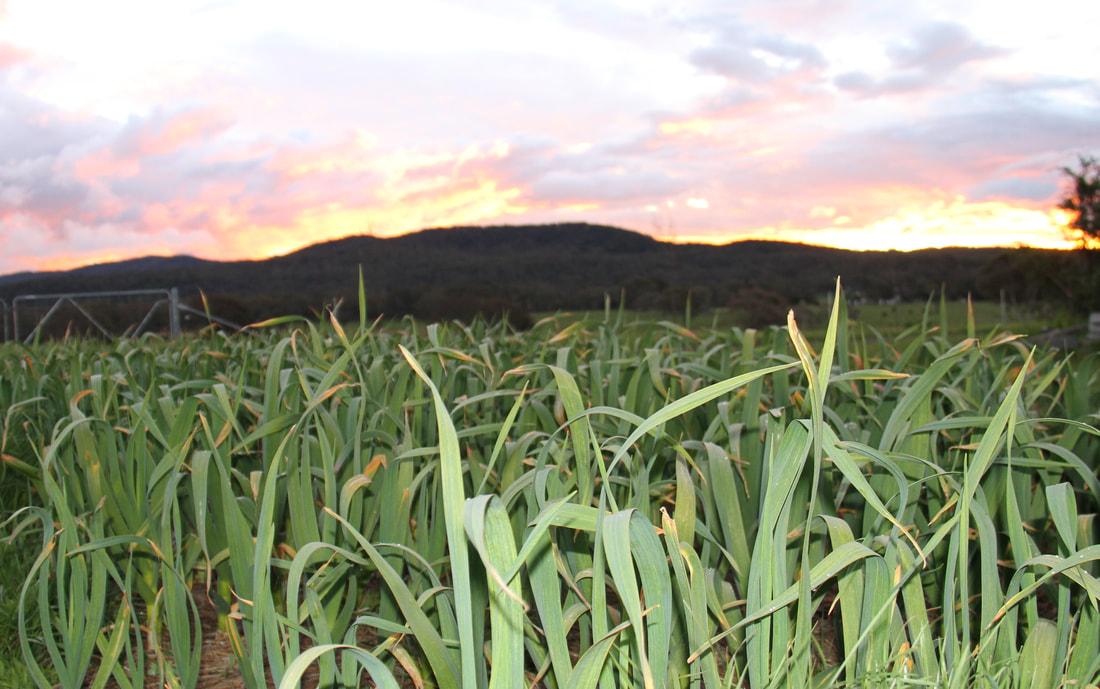
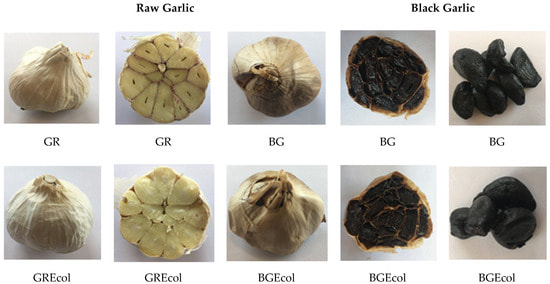
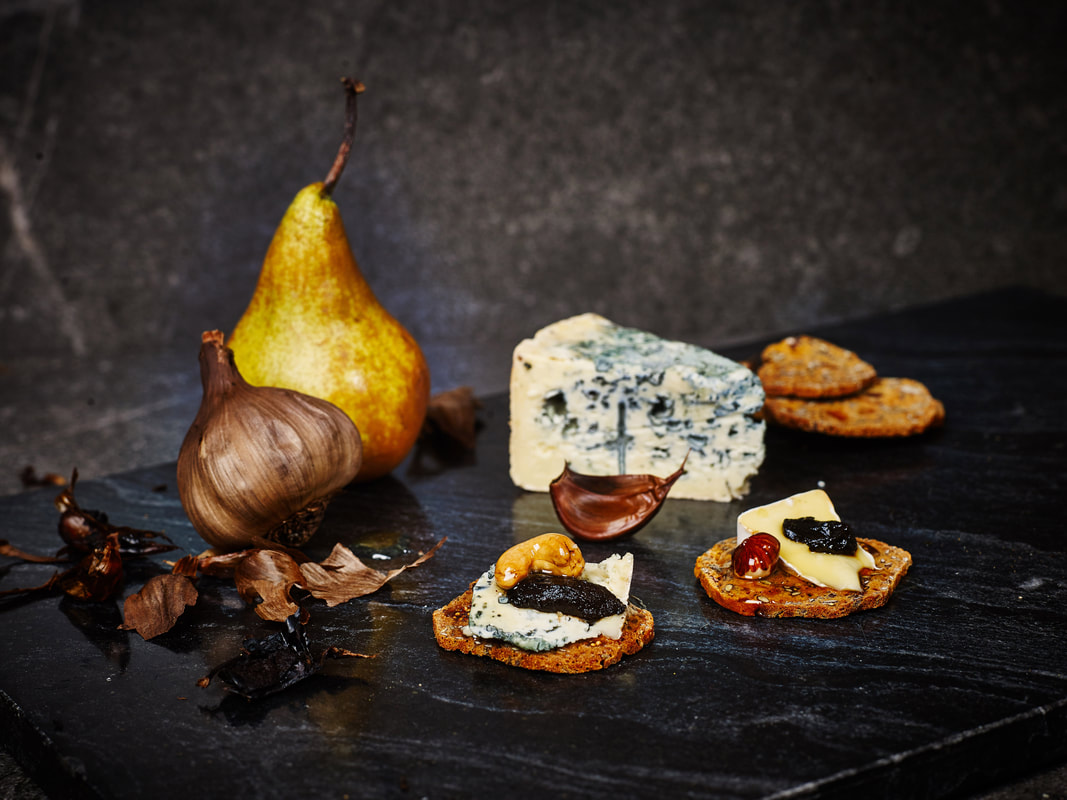
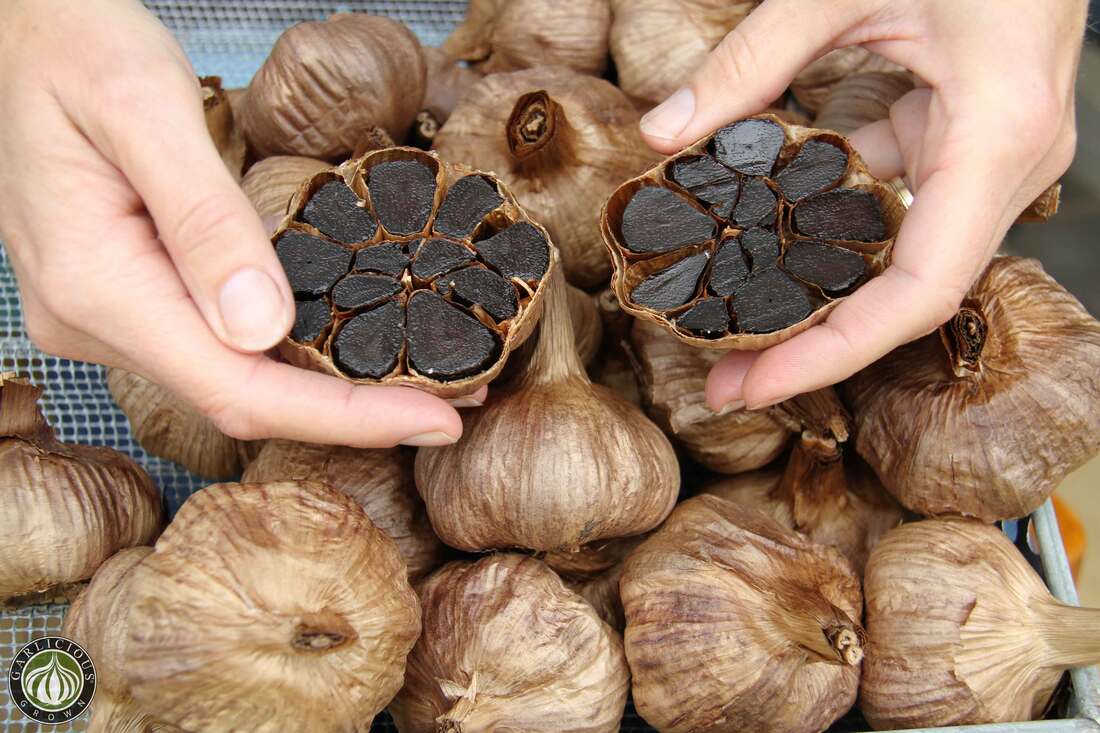
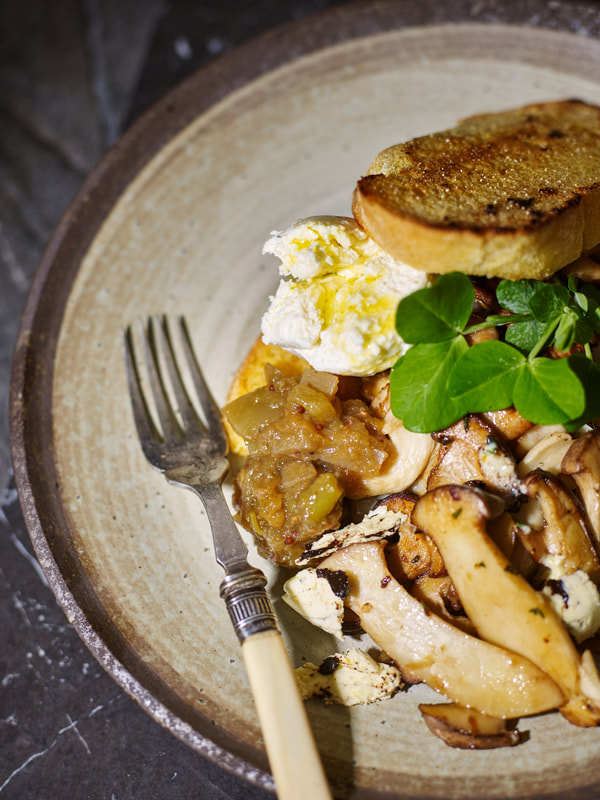
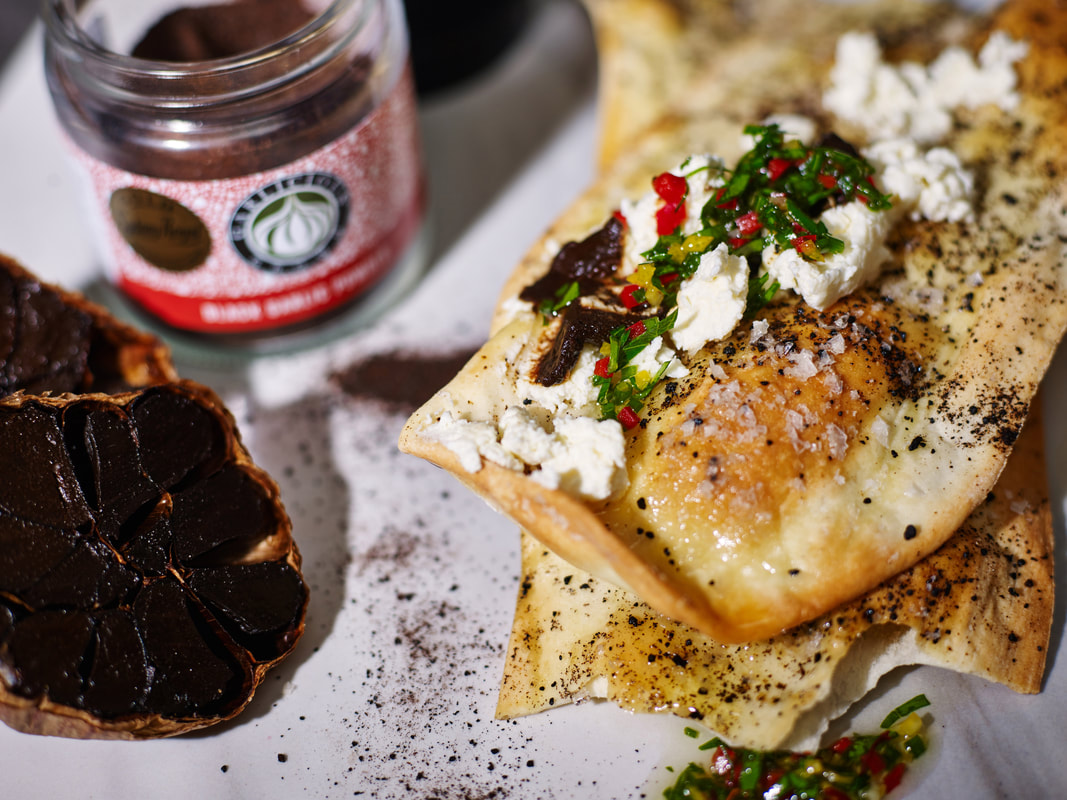
 RSS Feed
RSS Feed
